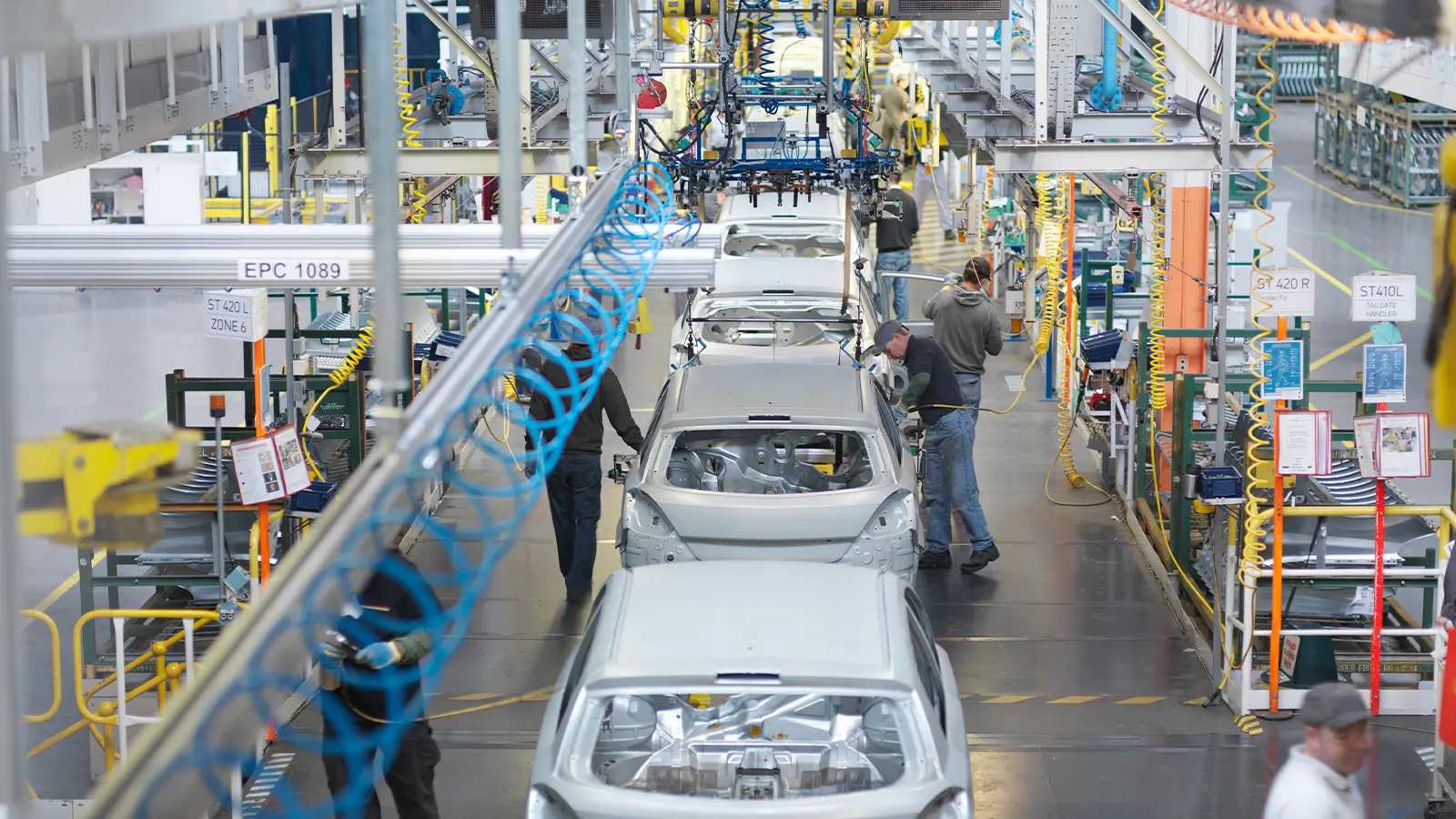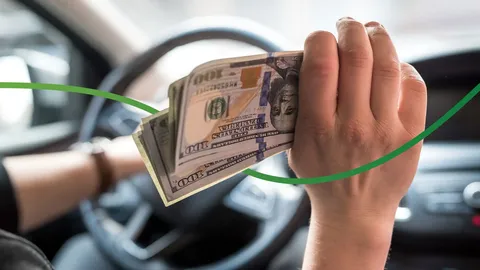Save By Buying the Right Car at the Right Time
If you’re interested in purchasing an electric car, one of the reasons you’re likely considering a switch from gas is savings. Going with an electric vehicle (EV) will save you money on fuel – but you’re also probably aware that there are some attractive government incentives available for certain electric vehicles – incentives that could potentially save you thousands.
The guidelines around which vehicles are eligible have always been a little bit confusing. In the past, you would receive a tax credit based on an EV’s battery size, as well as how many cars were sold.
However, in August 2022, the federal government altered the structure of clean vehicle credits, making them part of the Inflation Reduction Act. In the process, they removed volume limits and added a credit for used green vehicles – but also introduced some new restrictions.
If you buy the right car, and meet the requirements, the new rules mean you could end up with more cash in your pockets in the form of tax breaks and direct discounts. Indeed, between federal, state, and local incentives, you could save big if you buy the right vehicle at the right time. It’s worth understanding how the new rules will apply to you – so you can maximize the benefit to your bottom line.

What’s Changed with EV Incentives
Since 2009, the federal government offered a tax credit of up to $7,500 to those who purchased new electric or plug-in hybrid vehicles, with many states and cities offering additional incentives.
The old federal credit didn’t apply to used EVs, and there was a volume limit of 200,000 units – meaning that once a manufacturer hit that cap, tax credits would no longer be available. The volume cap meant that some companies, like General Motors and Tesla, were no longer eligible for tax credits – and Toyota and Ford were getting perilously close to the limit in mid-2022.
Under the new Inflation Reduction Act provisions, there is still a tax credit of up to $7,500 for new electric cars, but the 200,000 vehicle cap has been eliminated. This means that manufacturers that were no longer eligible for credits can participate again – so long as their vehicles comply with the new rules.
What are those new rules? They are primarily related to where EVs are assembled and where battery components are sourced and manufactured. EVs must be assembled in North America to qualify for tax credits now – meaning that several popular models will be excluded from tax credits. Indeed, the new credit system has induced some brands to move manufacturing to the U.S. – Volkswagen, for instance, will now assemble its popular ID.4 SUV in Chattanooga, Tennessee.
Furthermore, starting in January 2024, a certain percentage of minerals in new EVs’ batteries have to be North American-sourced, or come from countries that have free trade agreements with the U.S. Battery components must also be primarily manufactured or assembled in North America.
This poses a challenge, since many EV batteries are currently sourced from countries like China – but many battery companies, and vehicle manufacturers, have already introduced plans to increase domestic battery production. Stellantis, for instance, is investing billions in battery factories in the region, as are BMW and Mercedes-Benz, who build electric vehicles in the southern U.S.
Even if batteries installed in EVs are not manufactured locally, they may still qualify for a partial credit. But by 2029, 100% of battery components in new electric cars must be made in North America to qualify for credits.
All of this means that some formerly eligible vehicles will no longer meet the new tax credit criteria, while others that were previously phased out due to the sales caps may soon qualify again. You can use this official government list of currently approved vehicles that are assembled in North America; it will evolve over time as manufacturing locations change, so be sure to check it regularly.

A New Credit for Used Cars
One important development is that there is a new tax credit for used EVs – which were never accounted for in the old scheme. Starting on January 1, 2023, up to $4,000 will be available for vehicles that are at least two model years old and price at $25,000 or less. The credit is for up to 40% of the vehicle’s price up to $4,000 – and the made-in-America requirement for assembly and batteries does not apply.
That means a wide array of used electric vehicles will be eligible for credits – helping them get into the hands of drivers who can take the most advantage of their lower running costs.

Income and Pricing Restrictions
To qualify for the new incentives, individuals must make an annual income $150,000 or less, while the income cap will be $300,000 for couples who file taxes jointly, or $225,000 for those who file as the head of their household. (You'll avoid these income limits if you buy a qualifying EV by December 31, 2022.)
Furthermore, for new electric vehicles, the MSRP of must be below $55,000 for cars to be eligible for the credits. For electric SUVs, trucks, and vans, the MSRP cap is $80,000. So, while many vehicles have price tags under those limits, many luxury-brand electric vehicles and even some higher trim levels of mainstream models won’t qualify starting in 2023.

Good News for Plug-In Hybrids
Under the updated rules, a new plug-in hybrid vehicle that has a 7-kWh battery pack or larger will qualify for the full $7,500 credit. Non-electric green cars such as hydrogen fuel cell vehicles are now also eligible for the credit if they comply with the other rules.

The Fine Print
Some of the new rules in the Inflation Reduction Act take effect immediately – but most don’t come into effect until January 1, 2023. The 200,000 vehicle sales cap disappears on that date, and you’ll also have to wait until then to take advantage of the $4,000 credit on used cars.
If you have already ordered a new electric car with a minimum 5% down payment (with a contract signed before August 16, 2022), and are taking delivery after December 31, you can still apply for the old tax credit under the old rules.
If you bought a new electric car after August 16, and will take possession by December 3, the old rules, including the production cap, will apply to your purchase, along with the new requirements about assembly location.
The best news may be that starting in 2024, you’ll be able to take the EV tax credit as a discount on the price of the car when you purchase from a dealer – instead of waiting until tax time to file IRS Form 8936 like you do now.
The incentive landscape continues to evolve and change quickly, so check back on GreenCars regularly to stay up to date with the latest developments.
















